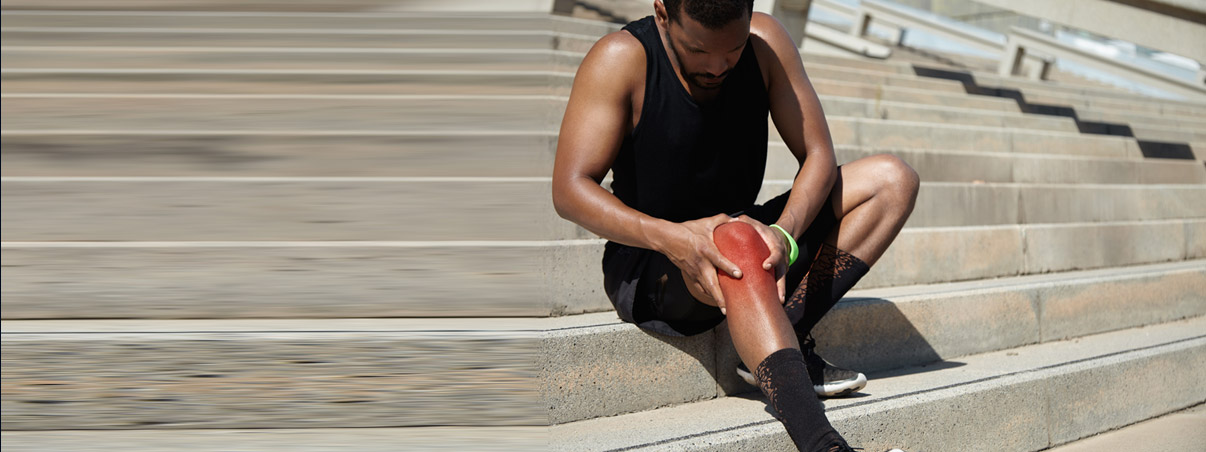Suraj Gupta
Simpain ortho...the best Health care service provider....all over experience is very nice and all the service they have provided is best in class. India need such type of best health care service provider.
Really good service. Thank you all Team Simpain ortho.
Puja Singh
The entire process from booking the surgery to the surgery and post surgery has been great. Mom 65years old got both her knee replacement surgery done by Dr. sankalp it was painless and mom felt better within days of surgery. Highly recommend the Dr.
Thank you for your help.
Abhinav Raj
My mom’s knee replacement surgery has been done with the help of simpain ortho…
Needless to say… A very smooth and hassle free procedure. Got the best doctor’s experience and best hospital care.. my mom is recovering very well and I would like to thank simpain ortho for that.
Lastly, i would like to thank simpain ortho for making people life better and prosperous… Keep up the good work
Request An Appointment
Seamless Access to Expert Care: Book Your Expert Consultation Now






















